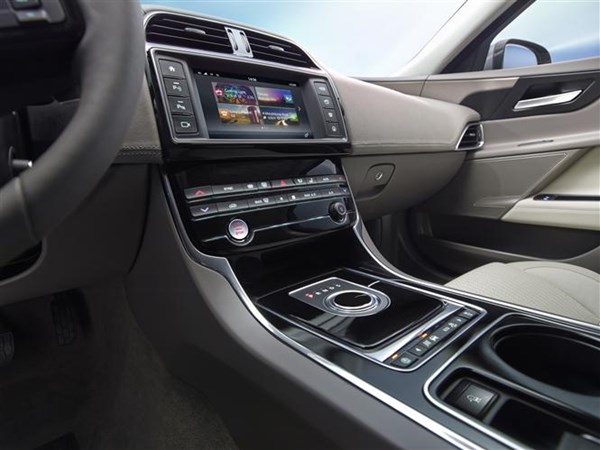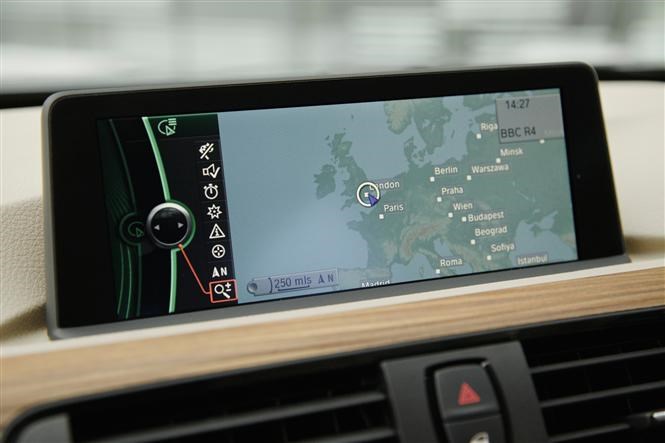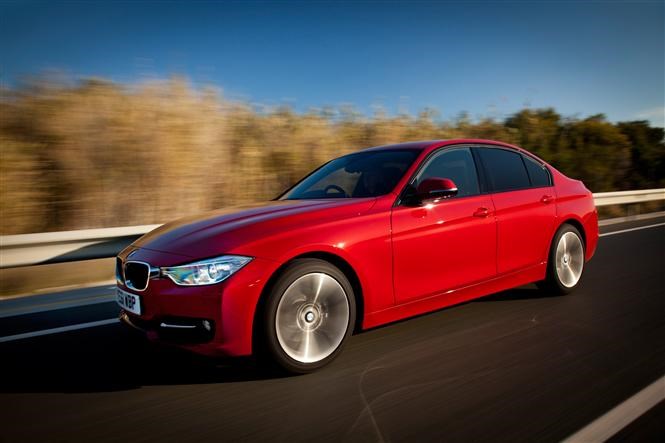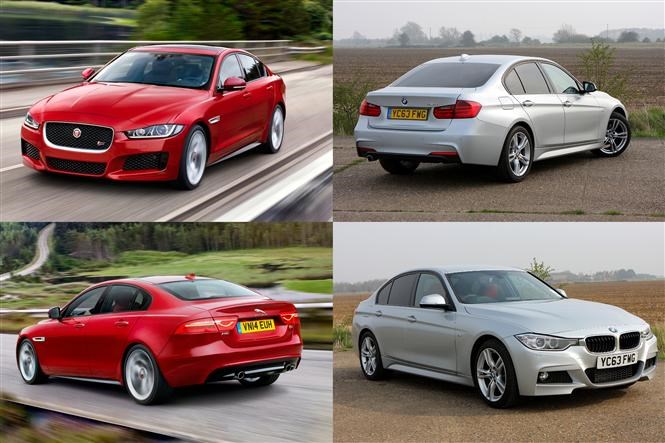The Jaguar XE has an even tougher job than Lord Sugar’s candidates to win big in the business world. As well as convincing company car drivers it has what it takes to cut it in the corporate car park, the British-built Jaguar has to beat the longstanding king of compact executives, the BMW 3 Series.
To find out which one should be on your shortlist, we’ve pitted the new Jaguar XE 2.0D SE up against the BMW 320D EfficientDynamics. Both come in fleet-friendly specifications and have six-speed manual gearboxes or the option of an eight-speed auto ’box. For this comparison, we’ll look at the Jaguar and BMW in their simplest and very popular forms.
Costs
The bottom line is the monthly company car tax bill, so the sums need to add up. Looking at P11D prices, the BMW steals a quick lead by being £1000 cheaper than the Jag at £28,720 versus £29,720 for the XE.
However, this is far from the end of the road for the Brit as it offers CO2 emissions of 99g/km where the BMW musters 109g/km. This means the Jaguar has a Benefit in Kind percentage charge of 15% where the BMW’s is 17% for the current tax year.
Fewer emissions for the XE help its company car driver pay less tax, with the Jaguar costing a 40% tax rate payer around £1780 per annum compared to the BMW driver’s tax bill of £1950.
It’s a win for the XE when it comes to fuel economy too. The Jaguar runs away with this as its 74.3mpg combined economy easily betters the 320d’s still impressive 68.9mpg. Opt for the eight-speed automatic gearbox in the BMW and its economy is unaffected, while the Jag’s drops but only to 72.4mpg. The BMW does come with a fuel tank 10-litres larger than the Jag’s though, so it will travel further on each fill.
Equipment
Finding a difference between this pair’s standard equipment counts requires Poirot-like detective skills, but there a couple. First off, the Jaguar XE comes with sat-nav as standard on the base model being tested here.

BMW does not offer this with the 320d EfficientDynamics, so you will have to spend either £890 on the navigation pack or £1300 on the Business Plus Media pack that adds an internet connection and e-Call. To use the XE as a wifi hotspot will set you back £300 for this option.
Each car has rear parking sensors included in the price, or the Jaguar driver could upgrade to the £1000 360-degree Park Distance Control that comes with a rear parking camera and Parking Assistance to help the car into tight spaces. BMW will charge you £895 for the same pack below.

Another popular option for this class of car is leather upholstery as both come with cloth seats if the driver doesn’t tick the box. BMW will relieve you of £1295 for the pleasure of parking your posterior on hide, but strangely Jaguar doesn’t even offer this as an option for the XE SE, so instead you will have to upgrade to the Prestige model where leather seats come as standard.
Otherwise, the XE and 320d are almost identically kitted out with automatic air conditioning, cruise control, alloy wheels, electric windows all round and electrically adjusted door mirrors, CD stereo and Bluetooth connection. However, Jaguar drivers also enjoy voice-activated controls with Jaguar Voice.

Safety
Neither of these cars skimp on the basics when it comes to safety and each offers six airbags along with Isofix child seat mounts. Automatic headlights and wipers are standard for both cars tested here. They also have electronic stability control to help keep them pointing in the right direction, while tyre pressure monitoring systems guard against driving with a flat tyre.
Neither car has automatic emergency braking fitted as standard, but it can be added as an option. From Jaguar, its Intelligent Emergency Braking comes as part of pack that also includes Adaptive Cruise Control and Queue Assist that will set you back £1500. BMW’s Active Security Package gives you emergency braking and a lane departure warning system. Jaguar supplies the lane departure warning as part of the XE’s standard equipment count.
Another safety feature that is available as an optional extra on both the BMW and Jaguar is a head-up display (HUD). A HUD projects information on to the windscreen so it’s in the driver’s line of sight and means the driver does not have to avert his eyes from the road ahead to keep informed. In the XE, the HUD costs £1000, while the same feature is £825 for the 320d.
Verdict

Until we drive the Jaguar XE alongside its key rival from BMW, we won’t know for certain which one will win this closely contested battle. We can tell you from studying the costs and equipment of each car is the Jaguar XE comes out on top, even if it has a list price that is £1000 higher than the 320d EfficientDynamic’s.
The Jag also has a longer list of standard equipment, both for luxury and safety. It has a lane departure warning included, as well as satellite navigation. One word of caution, though, is Jaguar does not offer leather seats as an option for the SE where BMW does with the EfficientDynamics.





